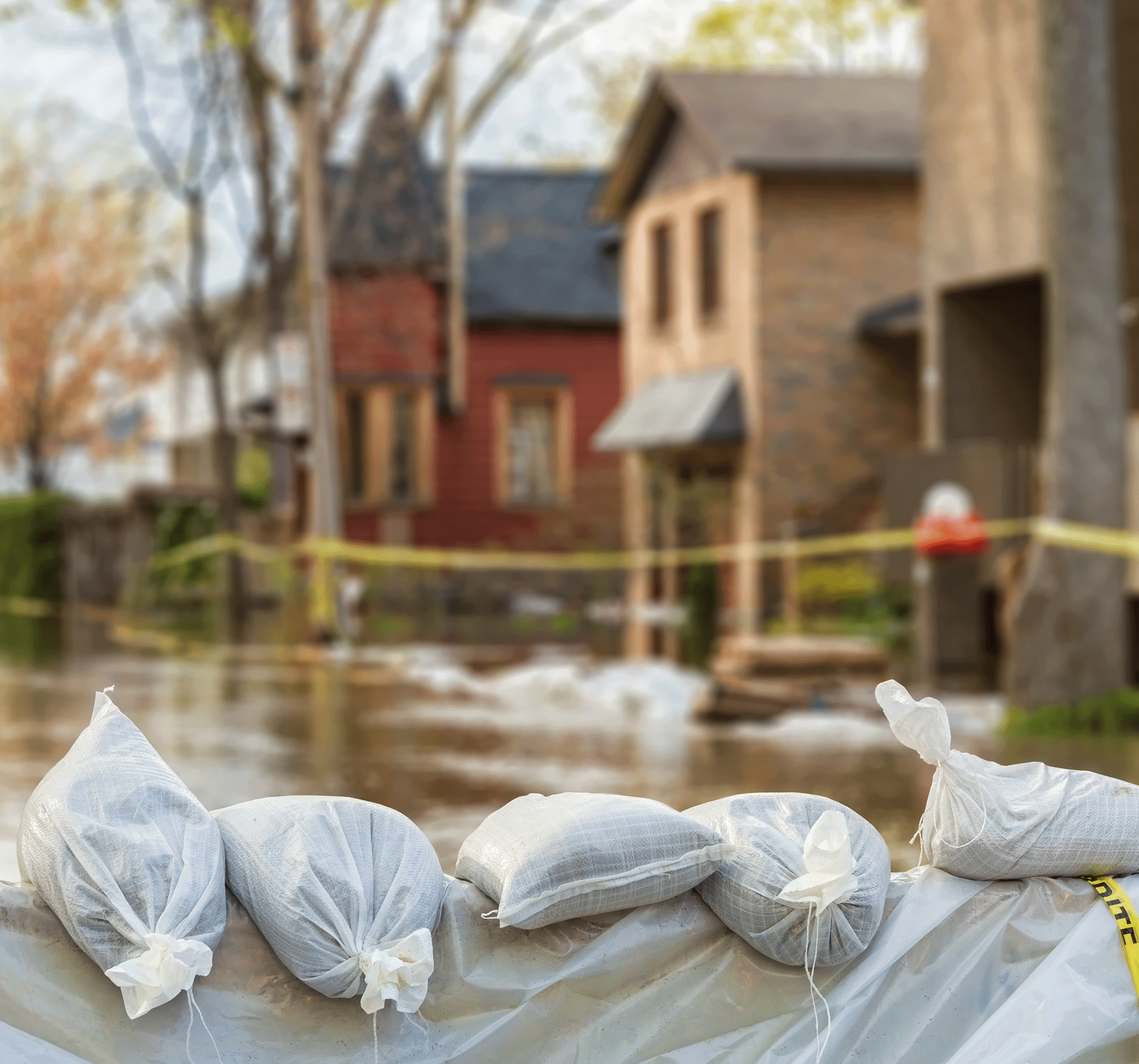How Insurance Risk Factors Into Insurance Underwriting
June 14th 2022
As an insurance underwriter, your number one concern when writing a policy is the level of insurance risk you perceive being represented by the proposed insured.
Different Policy Coverages for Different Risks
If you’re an underwriter handling primarily life insurance policies, the main risk you’re faced with is how likely the insured is to die prematurely. There are a number of factors that may impact the risk of premature death, such as:
- Age and gender of the insured
- Occupation
- Health status
- Height and weight
- Family health history
- Habits such as tobacco, alcohol, or drug use
- Risky hobbies such as deep-sea diving or sky diving
Each of these risk factors will be considered in determining whether a life policy should be written for a particular individual and at what price.
As an underwriter dealing primarily with homeowners’ insurance policies, there are many more insurance risks to consider because a home policy is so far-reaching in its coverage. There are risks related to the construction and condition of the home’s structure and any outbuildings as well as outdoor features such as swimming pools, tree houses, and trampolines, all of which heighten insurance risk.
Inside the home, personal possessions are covered against damage or destruction, including electronics and appliances, which may all pose risks. Consider the impact that a single overloaded outlet or cheap extension cord can pose. Before a home policy is finalized, a complete, professional inspection should be conducted, including giving a clean bill of health to all major appliances and systems such as the HVAC system, water heater, electrical systems, and plumbing systems.
Liability Coverage
Another important part of any home insurance policy is the liability protection it provides. When you issue home insurance for a client in whose home a visitor becomes injured and he/she gets sued for liability, their insurance policy can help cover the costs of litigation and any judgements against the accused. Potential liability risks may abound in any given home, some of which may be uncovered by a thorough home inspection.
In addition to the aforementioned swimming pools, trampolines, and treehouses, there may be dogs on the property that may be reputed to bite strangers or knock people over. Dangerous dogs are responsible for numerous claims each year. According to III, the Insurance Information Institute, a recent year saw bites and other injuries caused by dogs requiring close to 18,000 insurance claims. The average cost per claim was nearly $50,000.
Location, Location, Location
Another major risk that affects many homes and, therefore, insurance policy premiums, is the location of the residence. Homes located near hurricane-ridden areas will pose a lower insurance risk profile when they’re built using proven hurricane-resistant materials and techniques.
Homes located in areas susceptible to wildfires also need special attention to lower their risk. If your clients will make their homes more fire-resistant, they can lower their home’s fire risk and should be able to save a few premium dollars at the same time. Suggestions include:
- Make the exterior of the home fire-resistive by spraying fire-retardant chemicals and using building materials such as concrete or brick and fire-proof roofing materials.
- Clear away any live vegetation within ten feet of the home and get rid of any dead vegetation collected in the yard. Also, keep the rain gutters free from any combustible materials.
- Double-pane windows can help make a home more fire-resistive and also boost home security, lessening risk in two ways.
To lower the risk of fire damage, homeowners should make sure to have working smoke detectors and fire extinguishers properly placed within the home. Fire and security alarms monitored by an off-site monitoring company should drive down the risk of loss even further.
Inspections Can Help
A thorough, professional home inspection can not only help to identify potential risks that could lead to future claims against a homeowners’ policy you issue, but help the homeowner to mitigate the problems found during the inspection. Many of the risks a home poses can only be learned by a “boots on the ground” inspection that should be able to tell you the true condition of the residency as well as the level of care the homeowner displays regarding their property. When you decide to underwrite a home worth tens or hundreds of thousands of dollars, you want to be as confident as possible that you’re making a good bet.
Having a company like Davies in your corner to perform a comprehensive inspection and assist with field underwriting services can work to your great advantage. Contact Davies today to find out the services we can provide you and your company.
-
April 11th 2022
Heightened Insurance Risk Posed By Climate Change
Natural disasters and climate change have been on peoples’ minds for several years and,…
-
May 10th 2022
Insurance Risk Levels and Types
Risk, simply stated, is the probability that an event could occur that causes a…
-
July 1st 2022
Minimizing Risk for PEO Investors
Originally published in PEO Insider (November 2021). Reproduced with permission of the National Association of…
-
November 8th 2022
Small Insurance Companies Need Outside Actuarial Consultants Too
Originally published for Trailblazer Technology (November8, 2022). Reproduced with permission of Trailblazer Technology.…
-
December 20th 2022
The Legal Gymnastics of Faked Car Accidents
Originally published in Claims Litigation Management Magazine (December 2022). Reproduced with permission of the…




